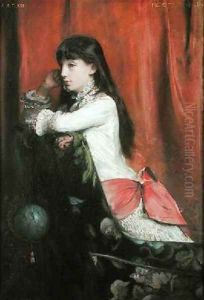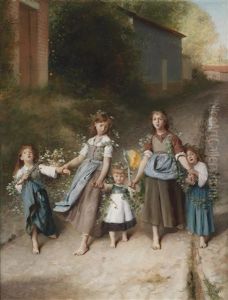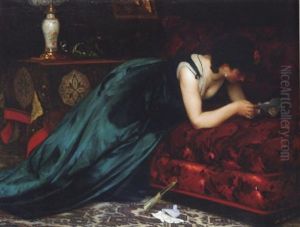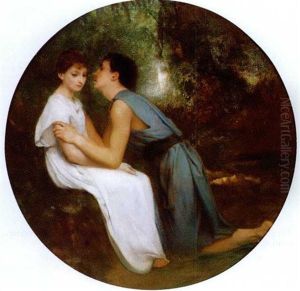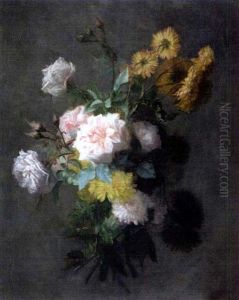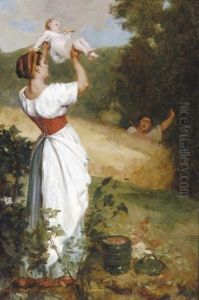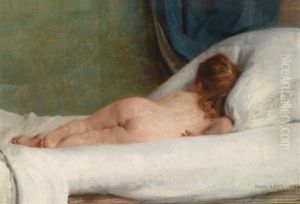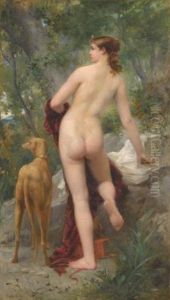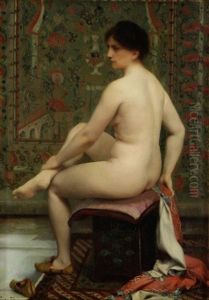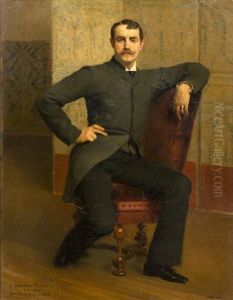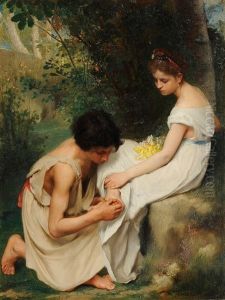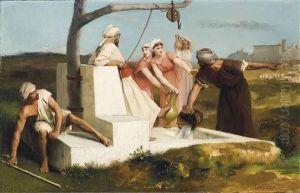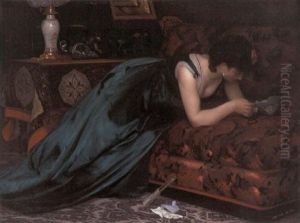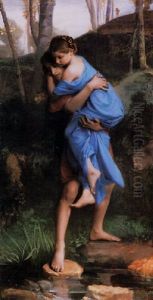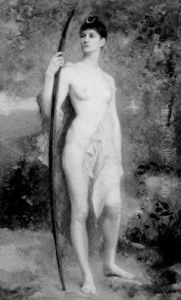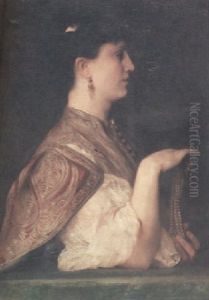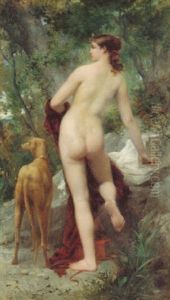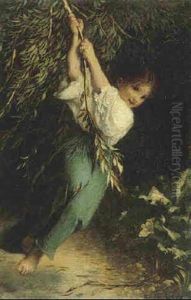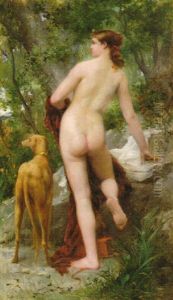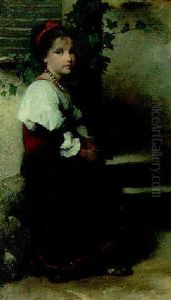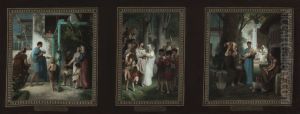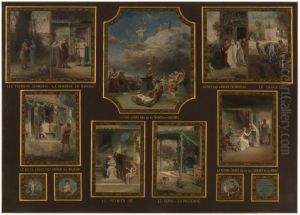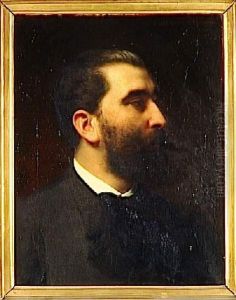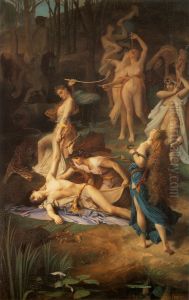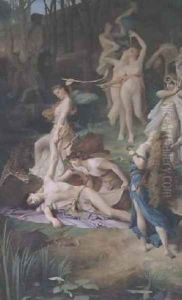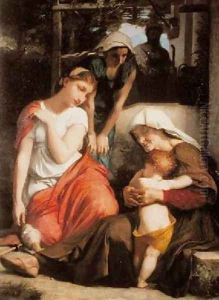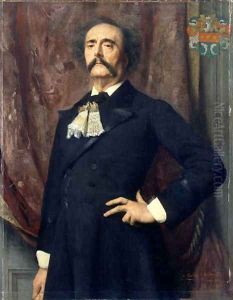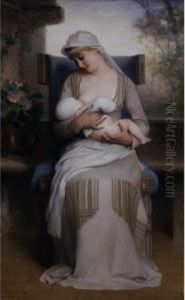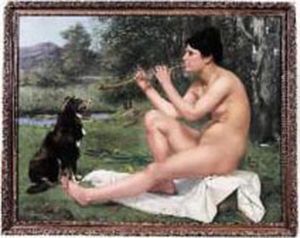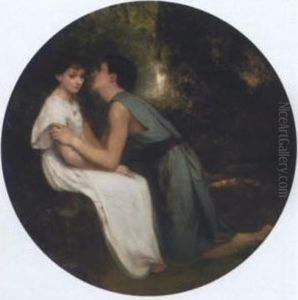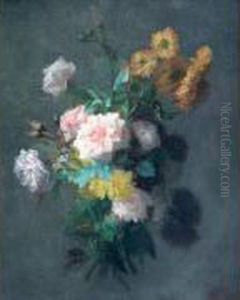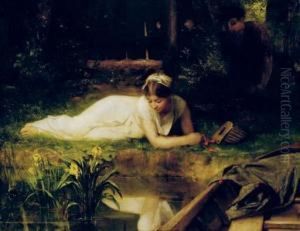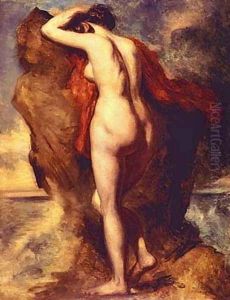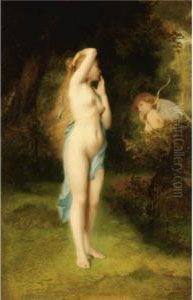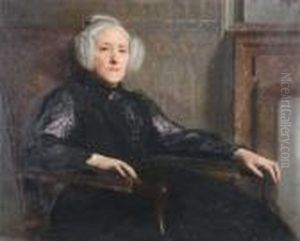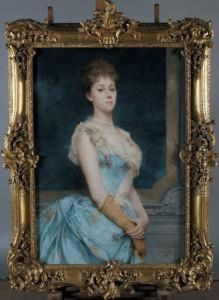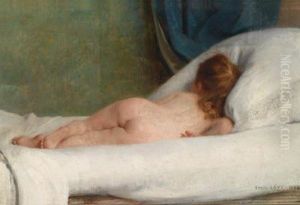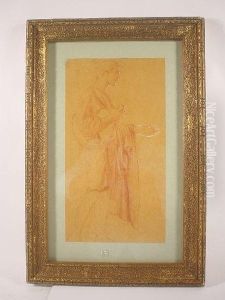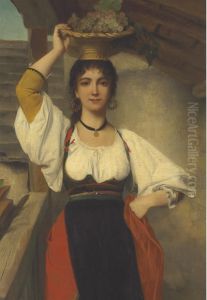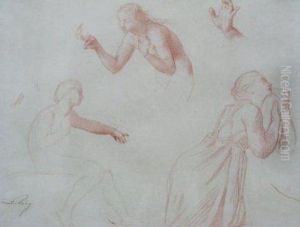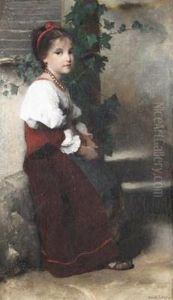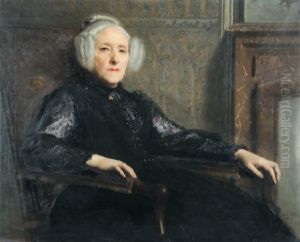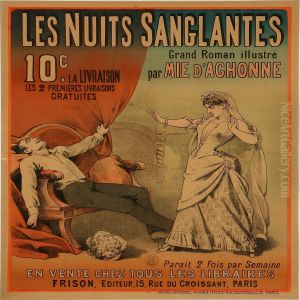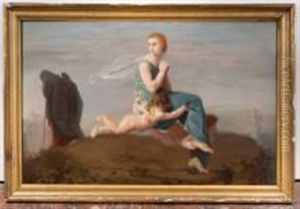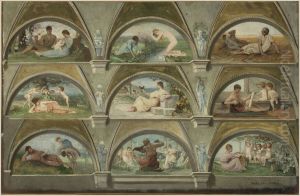Emile Levy Paintings
Émile Lévy was a French painter born on August 29, 1826, in Paris. He was known for his genre scenes, historical paintings, and portraits. Lévy was a student at the École des Beaux-Arts in Paris, where he studied under Léon Cogniet, a notable French history and portrait painter. His classical training provided him with a solid foundation in the academic art tradition of the mid-19th century.
During his career, Lévy garnered considerable acclaim for his work. He won the prestigious Prix de Rome in 1854 for his painting 'Death of Clovis,' which allowed him to study at the Villa Medici in Rome, a privilege awarded to promising artists and a significant milestone in an artist's career.
Lévy's works often reflected the academic style of painting, with an emphasis on historical accuracy and classical themes. However, he also painted scenes of contemporary life and was adept at capturing the nuances of human expression and social interaction. His work was exhibited at the Paris Salon, an official art exhibition of the Académie des Beaux-Arts in Paris and one of the most important art events in the Western world during the 19th century.
In addition to his history paintings, Lévy was also an accomplished portraitist and created works featuring prominent individuals of his time. His portraits were well-regarded for their elegance and the skillful portrayal of his subjects' personalities.
Émile Lévy's contributions to French art were recognized with numerous awards throughout his lifetime. He was made a Chevalier of the Legion of Honour, which is one of the highest distinctions in France, awarded for excellent civil or military conduct.
The artist continued to work and exhibit until his death on June 4, 1890, in Algiers. Today, his works can be found in various museums and collections around the world, showcasing the legacy of his talent and the enduring appeal of his academic style. Although he may not be as widely recognized as some of his contemporaries, Lévy's work remains an important part of the tapestry of 19th-century French art.
